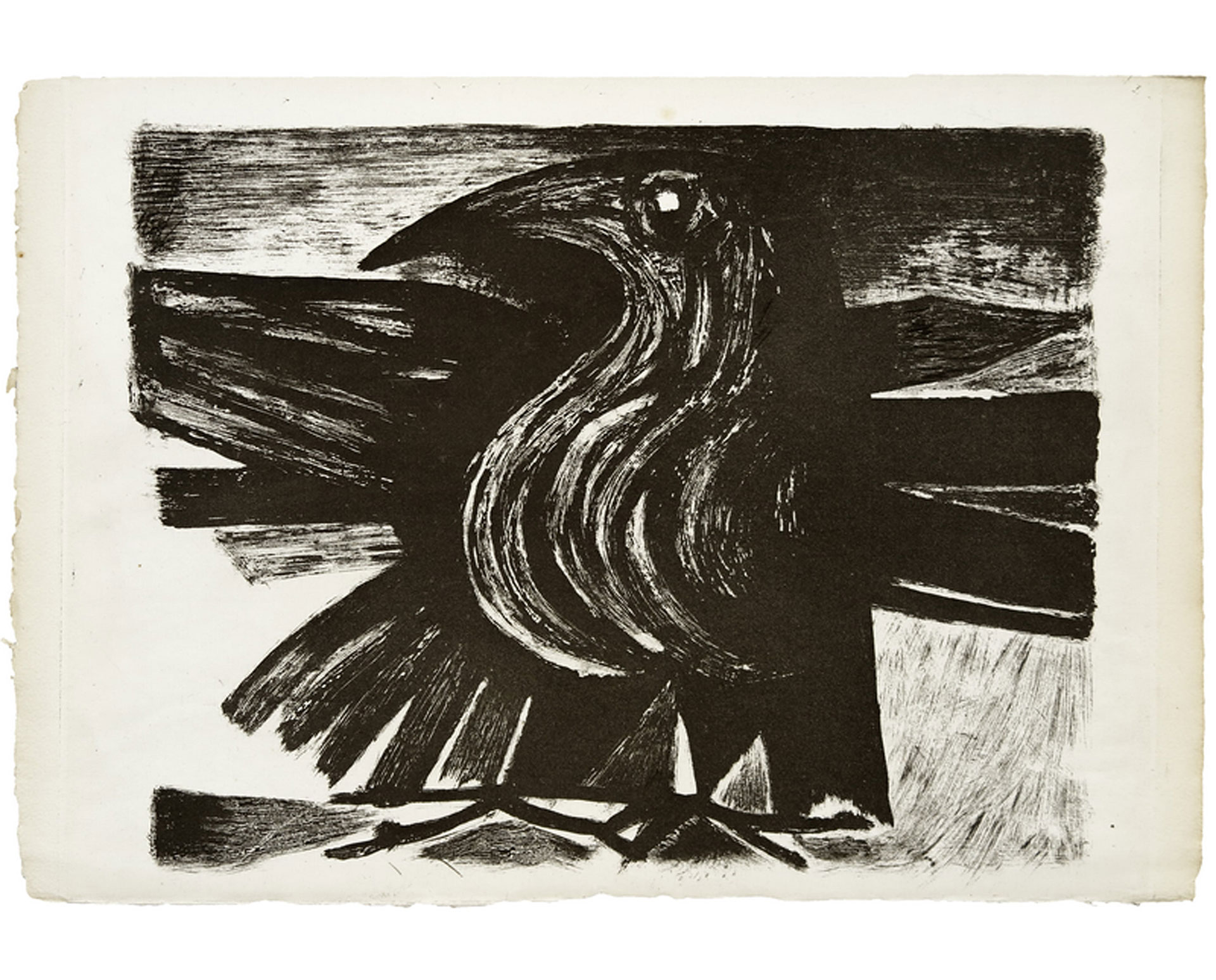September 22 - November 4, 2018
Pera Museum hosted the 4th Istanbul Design Biennial, organized by Istanbul Foundation for Culture and Arts (İKSV). For the 4th Istanbul Design Biennial, organised by the Istanbul Foundation for Culture and Arts (İKSV) and sponsored by VitrA, curator Jan Boelen teamed up with Vera Sacchetti as Associate Curator and Nadine Botha as Assistant Curator.
As a space for critical reflection on design established in a historically rich context, the Istanbul Design Biennial offered the opportunity to question the very production and replication of design and its education. In 2018, the 4th Istanbul Design Biennial built on the legacy of previous editions, in order to reinvent itself and become a productive process-orientated platform for education and design to research, experiment and learn in and from the city and beyond.
Titled A School of Schools, the 4th Istanbul Design Biennial stretched both the space and time of the traditional design event, manifesting as a flexible year-long program within which to respond to global acceleration, generating alternative methodologies, outputs and forms of design and education. A School of Schools manifested as a set of dynamic learning formats encouraging creative production, sustainable collaboration, and social connection. Exploring six themes, the learning environment was a context of empowerment, reflection, sharing and engagement, providing reflexive responses to specific situations.
At Pera Museum, the Scales School investigated the fluidity of taxonomies, quantifications, and institutionalized norms, standards and values to highlight biases and assumptions in our social, economic and intellectual agreements.

Video
Presented as part of this biennial aims to reflect on the methodologies and ways of implementation of cohabitation in society and how this trickles down into our private lives.

In 1962 Philip Corner, one of the most prominent members of the Fluxus movement, caused a great commotion in serious music circles when during a performance entitled Piano Activities he climbed up onto a grand piano and began to kick it while other members of the group attacked it with saws, hammers and all kinds of other implements.

I remembered a game as I was waiting in the passenger lounge for the ferry to arrive just a few minutes ago. A game we used to play at home when I was young, in my country that is very far away from here, a relic from the distant past; I don’t even remember how we used to play it. The kind of game that makes me feel a thousand times lonelier than I already am among the crowd waiting to get on the ferry.
Tuesday - Saturday 10:00 - 19:00
Friday 10:00 - 22:00
Sunday 12:00 - 18:00
The museum is closed on Mondays.
On Wednesdays, the students can
visit the museum free of admission.
Full ticket: 300 TL
Discounted: 150 TL
Groups: 200 TL (minimum 10 people)